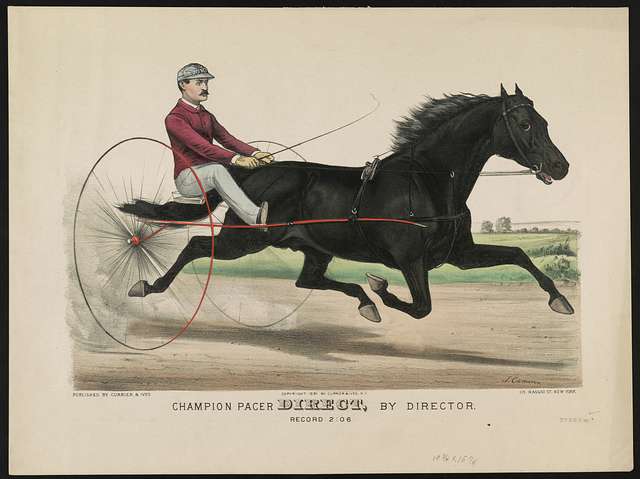Be the Tour Guide for Your Story: Show Your Reader the Way
How to use showing to elicit emotional response from your reader. Show your setting, character, dialogue, and character goals to pull your reader into the story.

How to use showing to elicit emotional response from your reader. Show your setting, character, dialogue, and character goals to pull your reader into the story.

Supporting characters enlarge your story, provide insight into the protagonist, and engage readers. Learn how to create and keep track of your supporting characters.

Creativity is risk.Tips to overcome fear for writers. How to acknowledge your writing fears and steps to take to keep writing.

Tension drives your reader to want more. Learn how to build tension scene by scene. Use a tension-building formula to build curiosity and momentum in your mystery novel.

Your author voice connects your reader to your story through vocabulary, syntax, tone, and point of view that make your phrases, sentences, and paragraphs flow.

Four elements to help you control narrative pacing in your novel — language, conflict, stakes, alternating scenes.

How to choose the right point of view for your story and which choices work best in a mystery.

Control information for your reader. Be intentional about organizing how and when clues, information, and contradictory information appear,

Tips to master your story’s beginning. Character, setting, voice, action, and the first sentence all work together to draw your reader into your story.

Create believable character flaws for your hero that fit the character and the story. Your readers will connect with a believable character and your story.